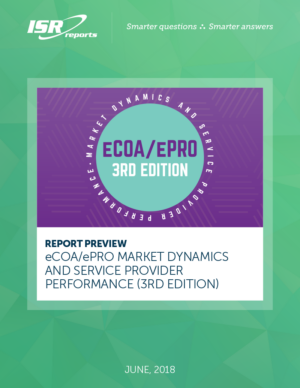With the February 2010 FDA guidance released on adaptive clinical trial design, there has been no shortage of media coverage surrounding adaptive clinical trials. Combine this with the pharma industry’s continued economic woes and the potential for adaptive designs to shorten the development time and lower development costs and the time seems ripe for adaptive designs to move up the traditional product/service adoption curve and leave the “innovator” phase.
This report provides insight and advice from people who have been down this road before and provides areas of potential growth and decline in adaptive design types and phases of clinical development.
Report Contents:
- Motivations for conducting adaptive trials – For most organizations, sponsors and service providers, getting an adaptive trial off the ground still makes a fair amount of effort, both internal and external “selling” are needed to convince someone of the benefits adaptive designs provides. And in most cases the major benefit articulated is that the trial can get finished faster than using a traditional approach. In this section, respondents explain their motivations for conducting adaptive design trials.
- People are the cornerstone – This section focuses on how adaptive designs are still rather young from an innovation or adoption curve standpoint. The take-away is that people are still the most important attribute for a successful adaptive trial. Sponsors and service providers need to understand this and develop strategies that incorporate strong communications between and within functions.
- Adoption trends – Gives an overview of which types of adaptive designs and which phases of development are going to see the most growth over the next two to five years.
- Operations and site dynamics – A brilliantly designed adaptive design is not worth the paper it is printed on if an organization cannot operationalize it. This section focuses briefly on which functions are most impacted and provides suggestions for how to motivate sites to participate in adaptive clinical trials.
- Outsourcing – Adaptive trials are highly outsourced activities and there is no substitute for experience. In this section, respondents provide their most important attributes a service provider must exhibit.






